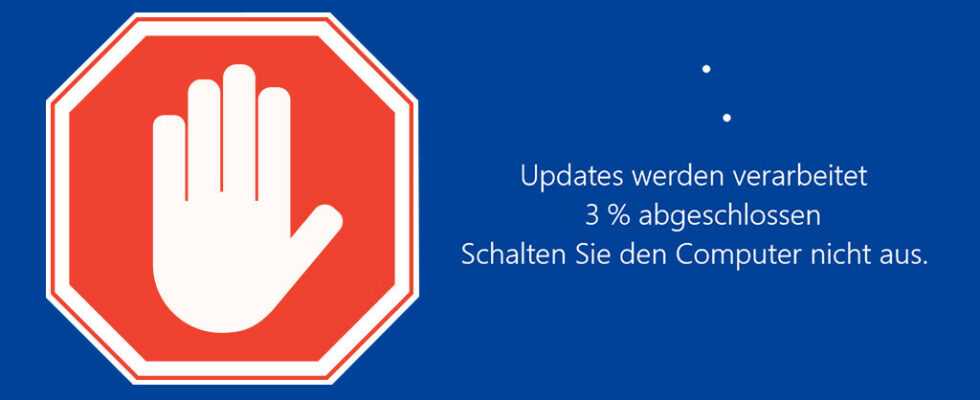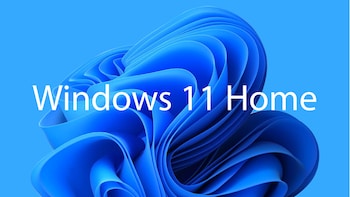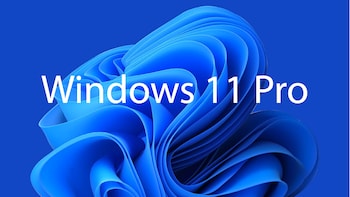It’s a nightmare on the PC: After the automatic installation of an update, Windows suddenly no longer starts or all data is gone. While such problem updates are relatively easy to undo, Windows automatically reinstalls them over and over again. We show how to permanently disable updates in Windows 11 and Windows 10.
Windows 11 and Windows 10: Disable updates
Because the Windows update function also updates device drivers, users keep complaining about sound and image disturbances or a lack of internet connection after the process. In the following, COMPUTER BILD uses Windows 10 as an example to show you how to get rid of faulty updates and effectively prevent them from being installed again – but the instructions also work for Windows 11. And if you prefer to keep your own PC hardware up to date yourself, you will also learn how to Automatic driver installation via Windows update disabled.
Step 1: Check for update
Locate the update that is causing problems. To do this, click in the Windows start menu settingsthen up search settingtap update history in and click View update history. After clicking Uninstall updates Below is a list of the most recently installed updates including the installation date.
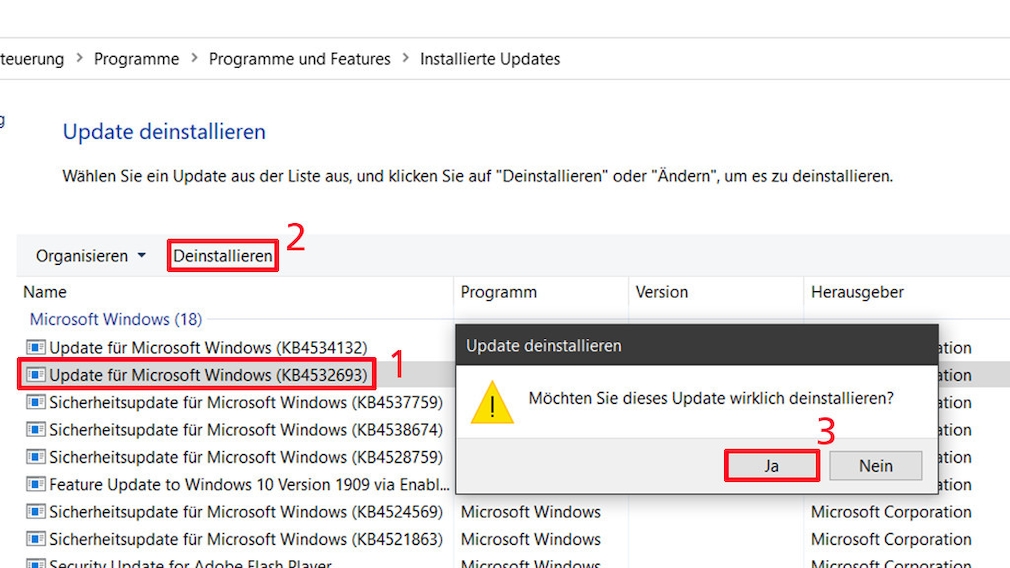
Step 2: Uninstall update
Click on the update that is (probably) causing the problems, in the example it is the update labeled KB4532693. Make a note of the KB number. After clicking Uninstall confirm the process with Yes and wait for the appearing window to disappear.
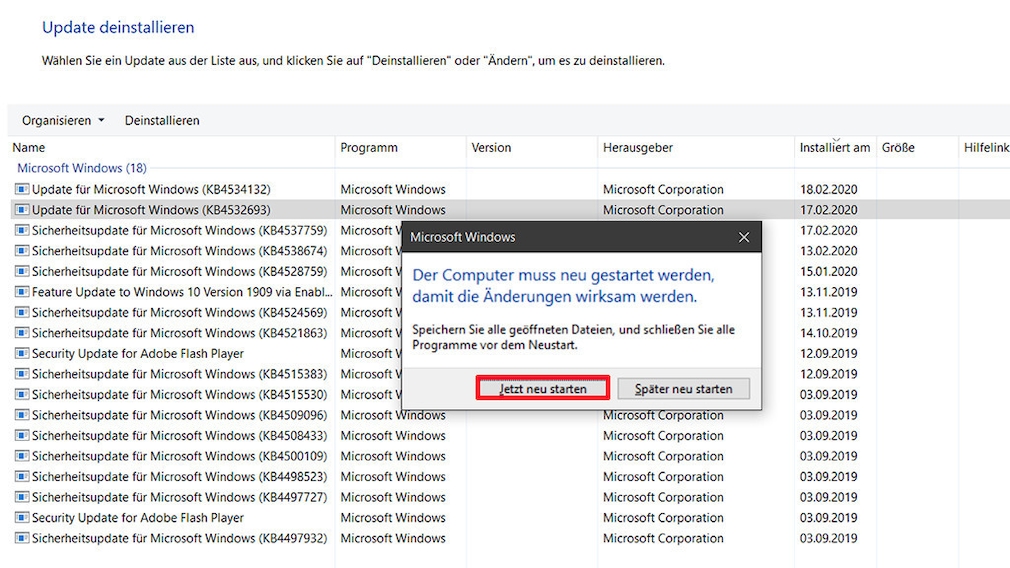
Step 3: Restart Windows
The update will now be uninstalled. To complete the process, click Restart now. Windows will then shut down and then restart. Check if the PC issues are resolved now. Otherwise, uninstall the next update that could be causing the disruption as previously described.
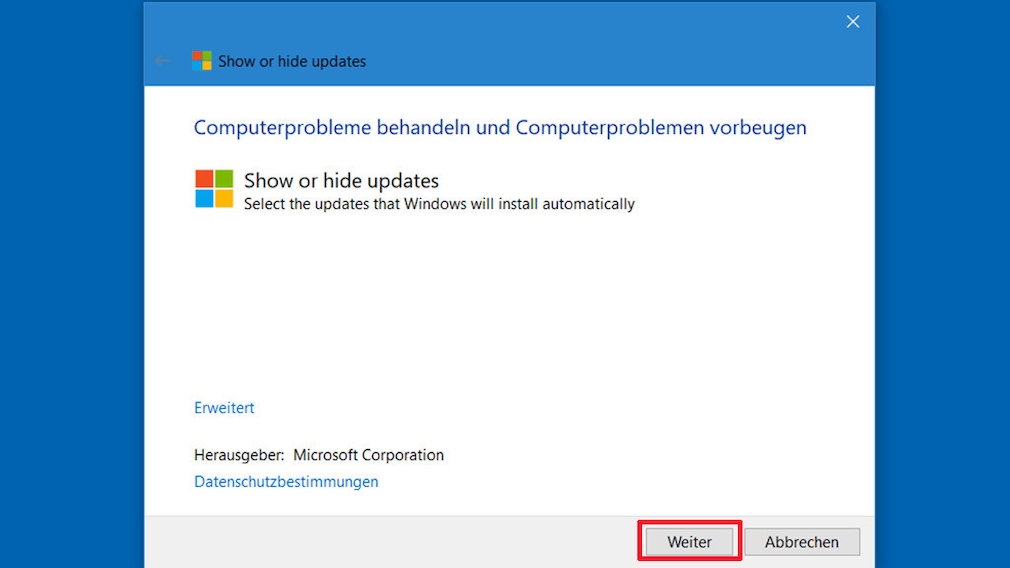
Step 4: Launch Microsoft Hotfix
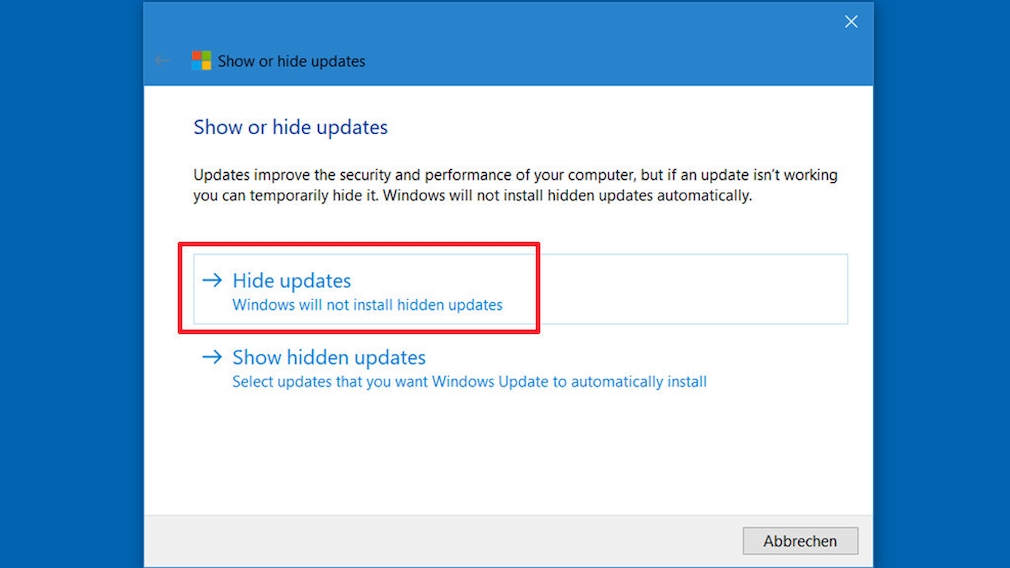
Step 5: Start locking function
The Microsoft tool will now analyze your PC for missing updates for a few seconds. In the next window, click Hide updates.
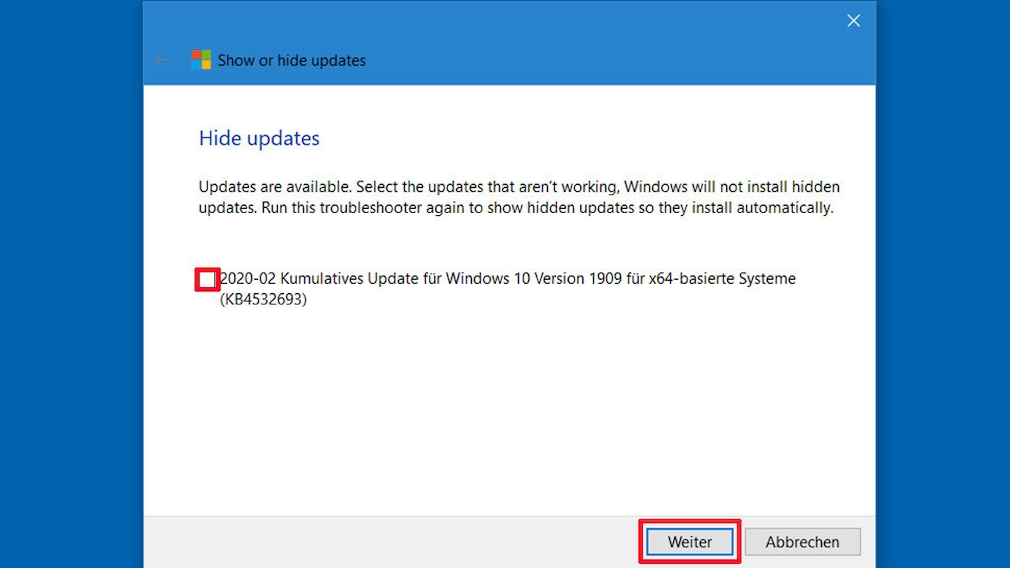
Step 6: Block update
The previously uninstalled update should now appear. If this is not the case, exit the program and start the tool wushowhide.diagcab in the folder Downloads New. Repeat the previous two steps. Tick the unwanted update and click further.

Step 7: Finish Hotfix
Finished. The problem update is now blocked and will therefore no longer be automatically installed by Windows. Exit the program by clicking Shut down.
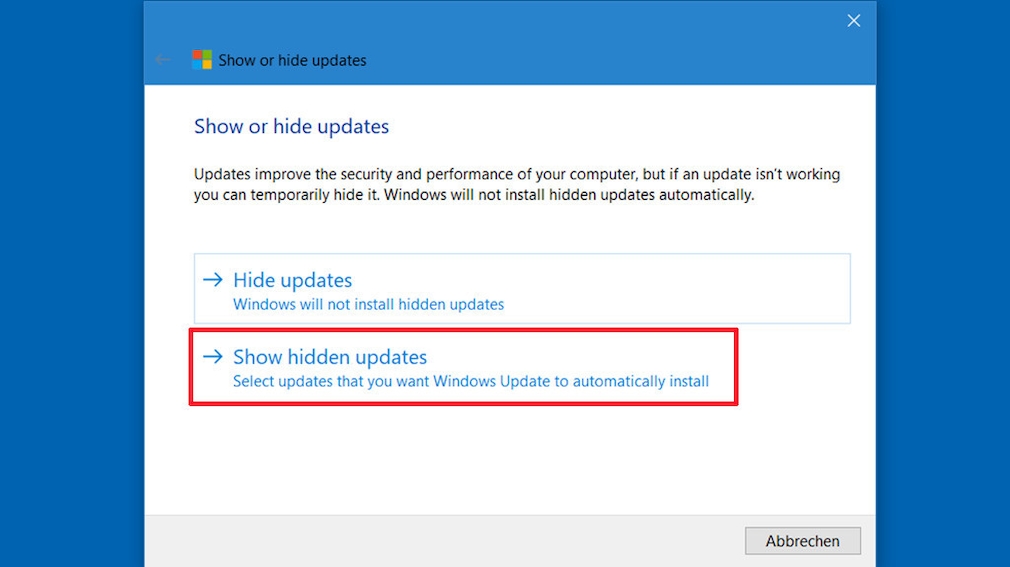
Step 8: View blocked updates
If you want to unblock the update, start the tool again wushowhide.diagcab in the folder Downloads and click further. This time select the option different Show hidden updates.

Step 9: Unblock
Place a check mark on the blocked update and click further. The corresponding patch is then automatically installed by Windows. After that, click Shut down.
Disable driver updates
- On the Windows Start menu, click settings.
- click on systemfurther down info and in the window that appears Advanced system settings.
- In the next window, click on the tab hardware and then click the button Device Installation Settings.
- After clicks on No (Your device may not work as expected)on save Changes and OK driver updates from Microsoft are no longer automatically installed.
If you do want to allow driver updates through Windows, reverse the change in the same way by selecting the option yes (recommended) Select.
Disable Windows Updates: Sure!
With the reorientation of Windows as a constantly updated operating system (Windows as a service), updates have become more important for Microsoft. If Windows 7 users were able to switch off the function completely or at least “hide” unwanted updates, this is unfortunately no longer possible in Windows 10 and 11. But you can at least block Windows Update for a period of time in the case of problematic Microsoft patches. It works like this:
- On the Start menu, click Settings.
- click on windows update
- click on Update pause for 7 days activate (Windows 10) or Stop for 1 week (Windows 11). In the Pro version of Windows you can even extend the lock to up to five weeks.
Windows does not start anymore – what to do?
Delete feature update (upgrade).
You also have the option under Windows to undo the last system upgrade. It works like this:
- On the Start menu, click Settings.
- click on system (Windows 11) and then in any case on Restoration.
- Click on “Revert to previous version of Windows 10” and click Here we go (Windows 10) or on Back (Windows 11).
